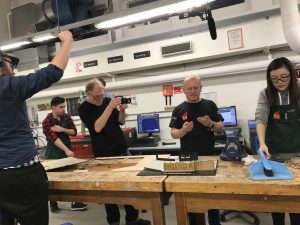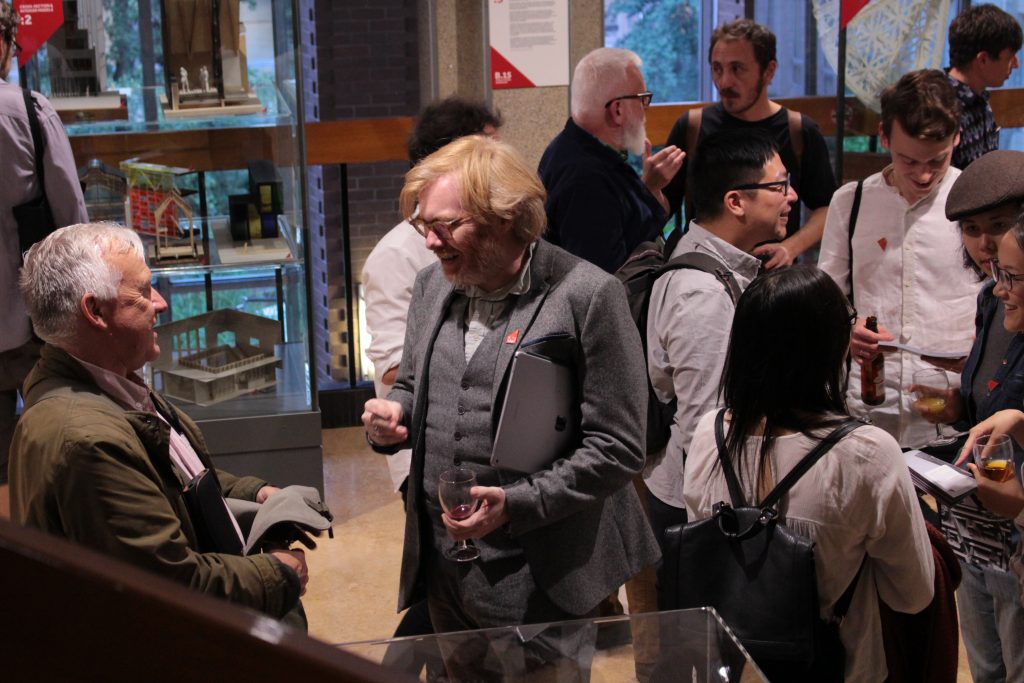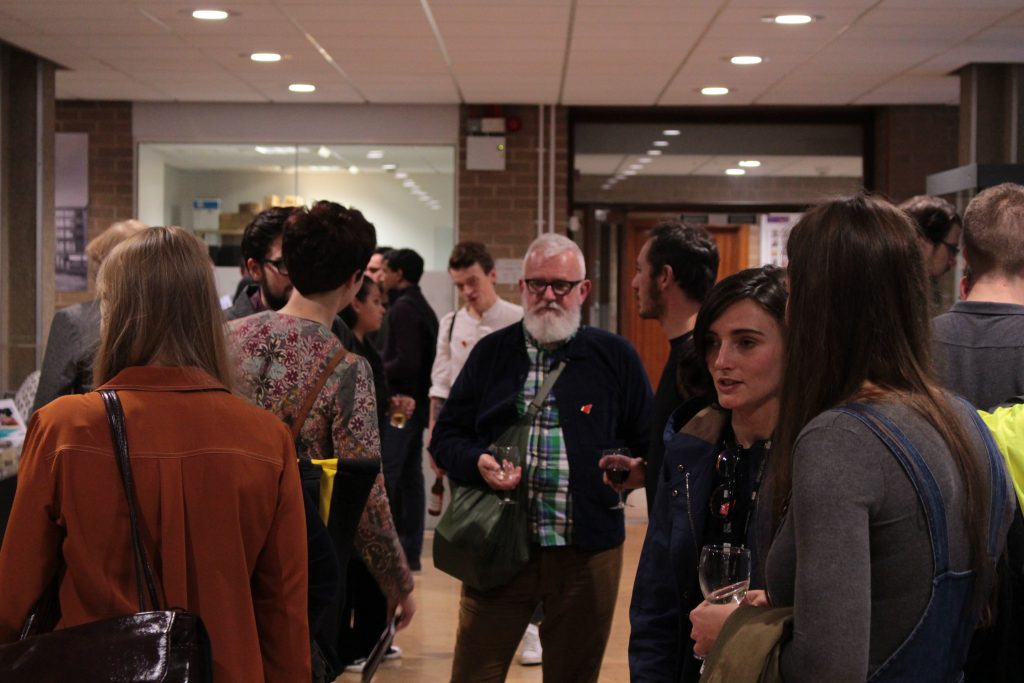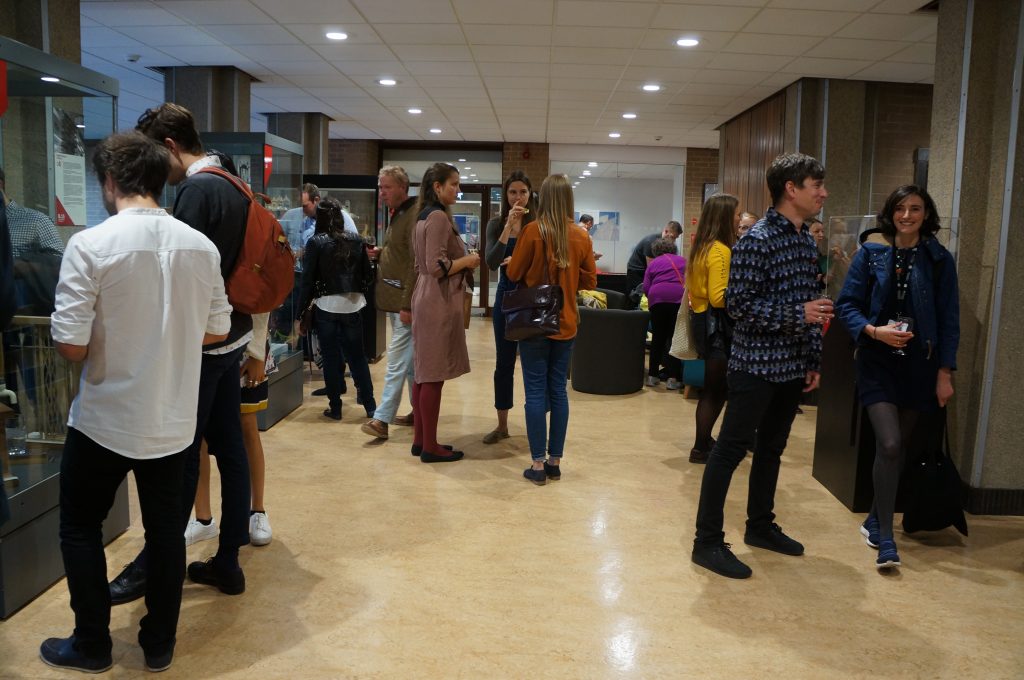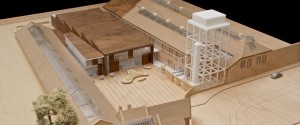Back in 2018 two documentary film makers spent the 17/18 academic year capturing what goes on here in B.15 to describe, as the title suggests, WHAT WE DO HERE. The film explores the different workshop users to present a snapshot of how this 50 year old part of the Manchester School of Architecture is put through it’s paces by Students, Technical and Academic Staff.
After featuring in several international film festivals and winning two awards we are excited to make the film available just under 2 years after it’s original release and in our 50th year.
We look forward to resuming modelmaking work with you all in the coming academic year whatever the circumstances may be!
Stay safe and enjoy the film!
Scott, Jim and Saul


